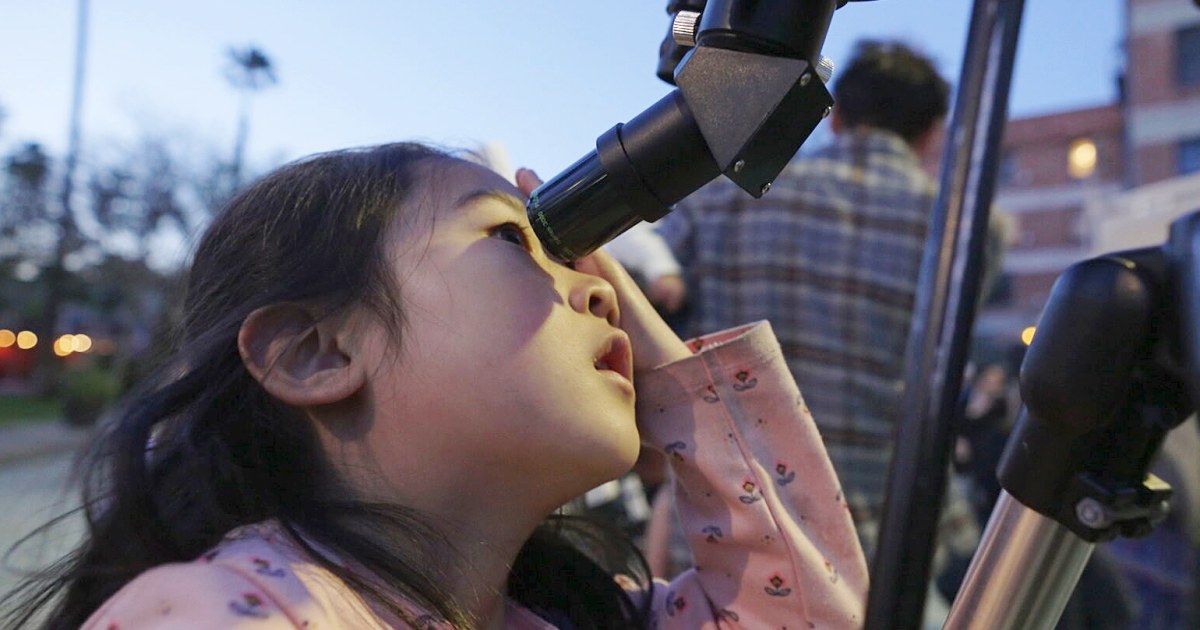
Astrophysical Sources
Astrophysical sources refer to celestial objects or phenomena that emit or produce various forms of radiation, particles, or gravitational waves. These sources include stars, galaxies, supernovae, black holes, neutron stars, pulsars, quasars, gamma-ray bursts, cosmic rays, and the cosmic microwave background radiation. Astrophysical sources are studied through various observational techniques, such as telescopes, satellites, and ground-based detectors, across different wavelengths of the electromagnetic spectrum, from radio waves to gamma rays. The study of astrophysical sources provides insights into the physical processes and properties of the universe, such as the formation and evolution of galaxies, the nature of dark matter and dark energy, the origin of cosmic rays, and the behavior of matter and energy in extreme environments.
Your Previous Searches
Random Picks
- Reflective Material: Reflective material is a type of material that reflects light back to its source. In the context of space and astronautical engineering, reflective materials are used to control the temperature of spacecraft and satellites. These materials ... Read More >>
- Conflicting Opinions: Conflicting opinions refer to the disagreements or differences in views and beliefs among individuals or groups regarding a particular topic or issue in the context of space and astronautical engineering. These differences can arise due to ... Read More >>
- Crewed Missions: Crewed missions refer to space missions that involve human beings on board spacecraft. These missions can be for various purposes such as scientific research, exploration, or transportation to and from space stations or other celestial bodi ... Read More >>
Top News

Easter's date remains divisive. Some church leaders want that to change...
Eastern and Western churches will celebrate Easter on the same day this year, while marking 1,700 years since the Council of Nicaea unified Christian doctrine...
News Source: ABC News on 2025-04-19

In a city of stars, Los Angeles astronomy club makes sure to keep looking up...
LOS ANGELES — While Los Angeles is home to the biggest stars in the world, a monthly get-together is proving that the city’s rich and famous have nothing on the universe....
News Source: NBC News on 2025-04-18

This week on "Sunday Morning" (April 20)...
A look at the features for this week's broadcast of the Emmy-winning program, hosted by Jane Pauley....
News Source: CBS News on 2025-04-17

Scientists detect strongest hints yet of life on a distant planet...
Scientists have detected unique chemical patterns similar to those produced by the Earth's algae and seaweed — raising the possibility of the presence of a warm ocean, perhaps teeming with life, on ...
News Source: NBC News on 2025-04-17

Is there life on another planet? Scientists find the strongest evidence yet...
Near a planet far, far away astronomers have found traces of chemicals that on Earth are only produced by living beings....
News Source: Al Jazeera English on 2025-04-17